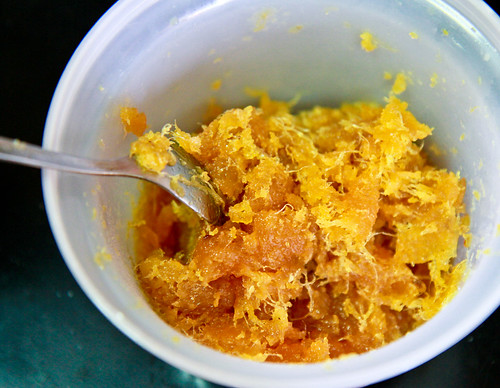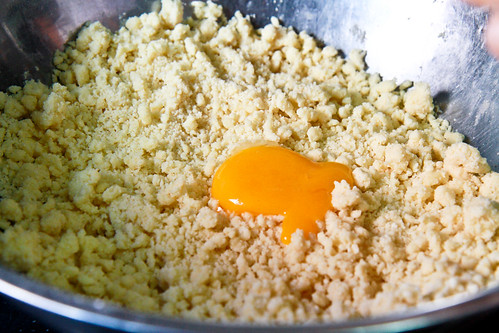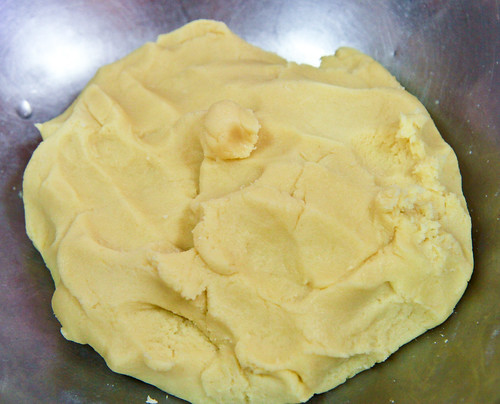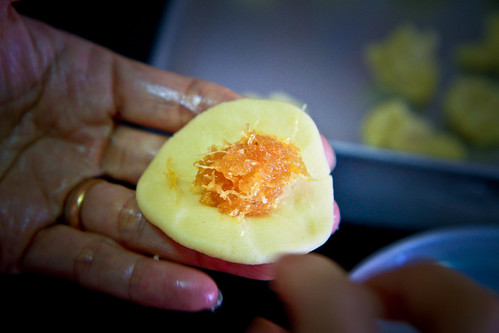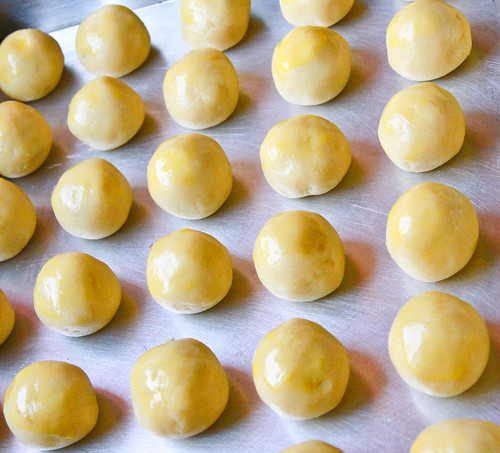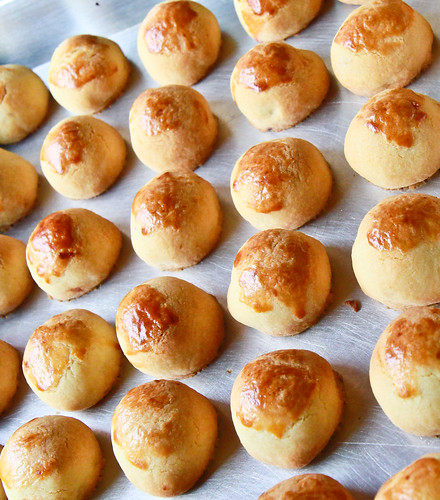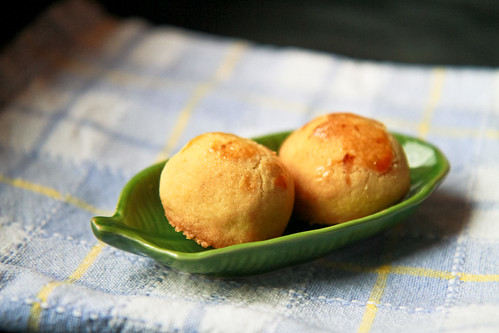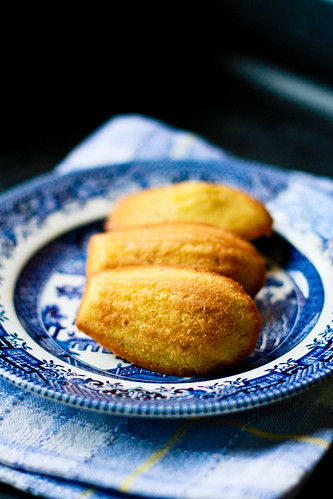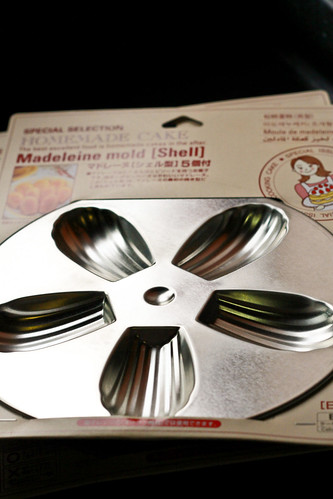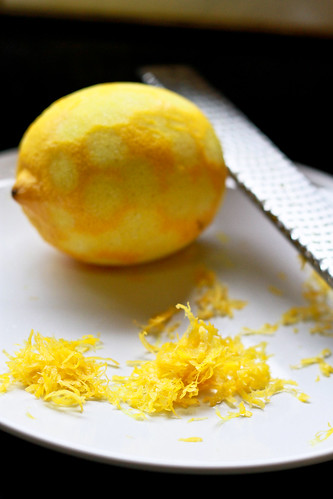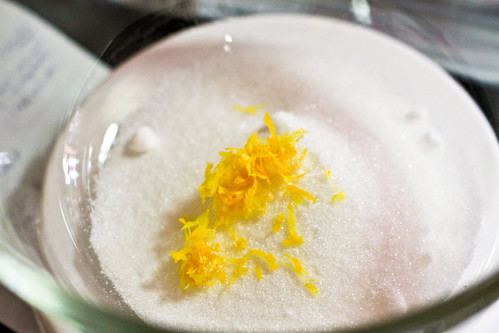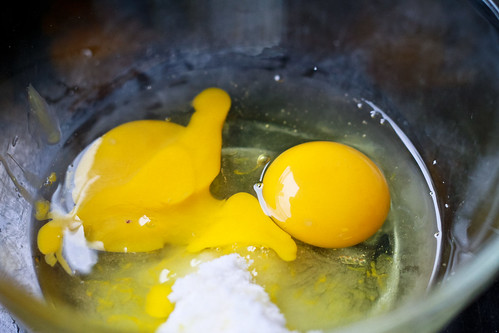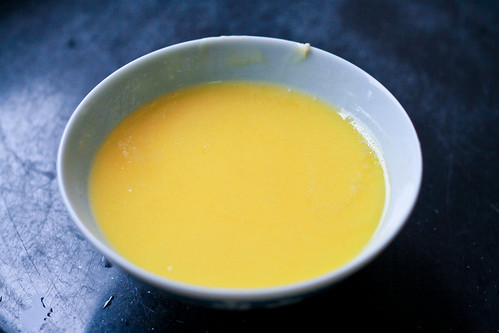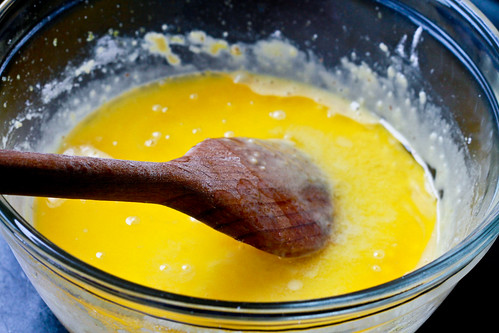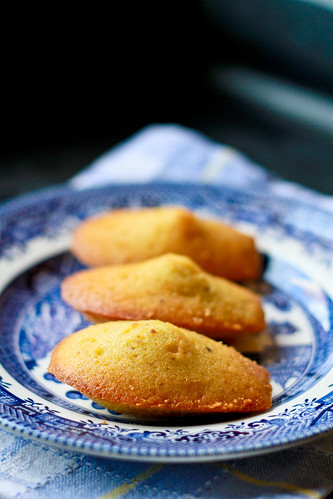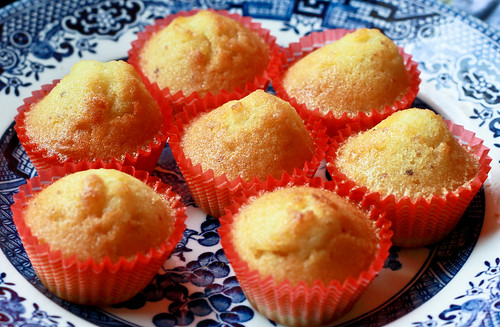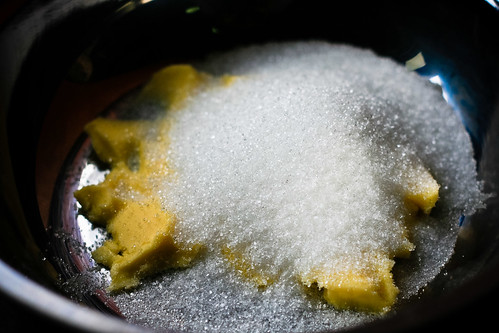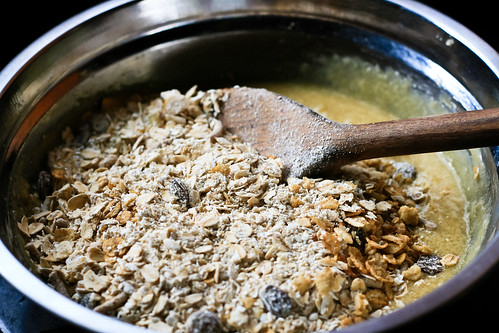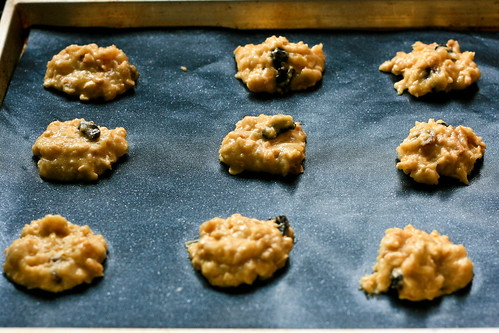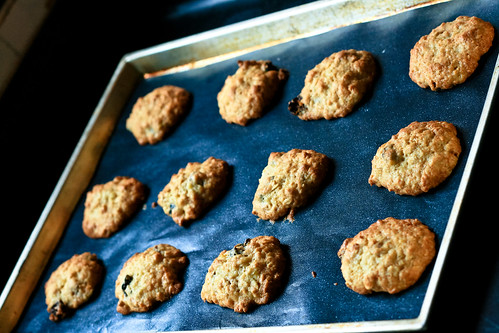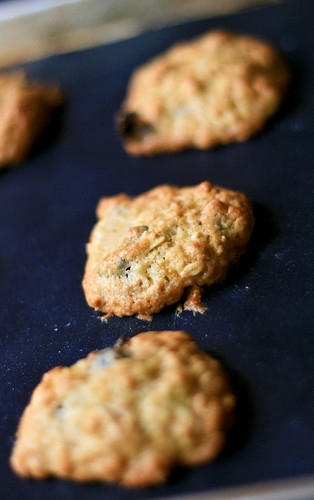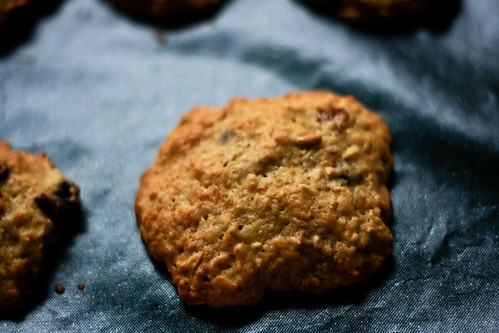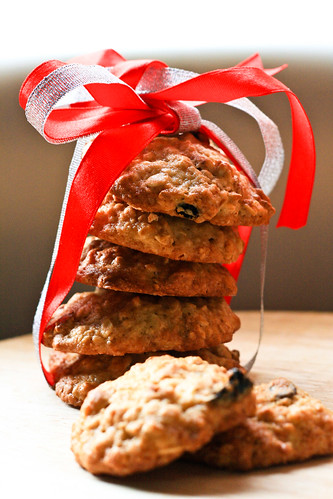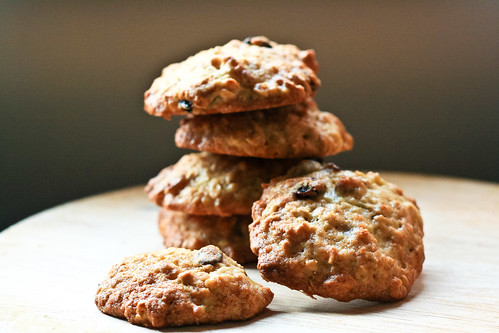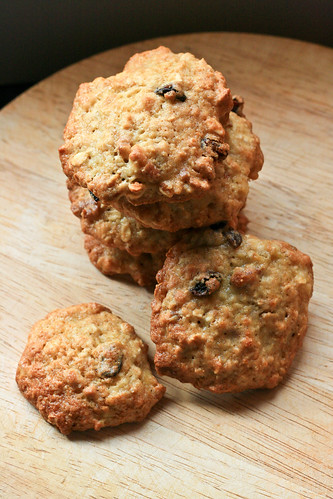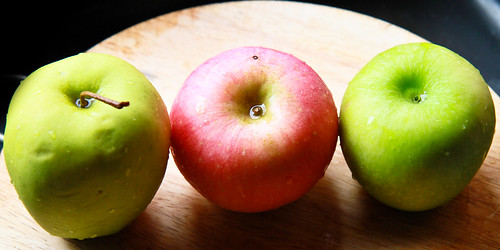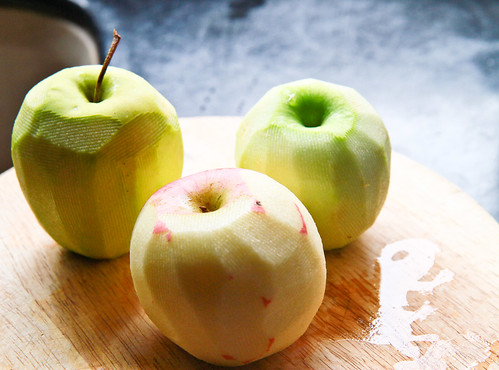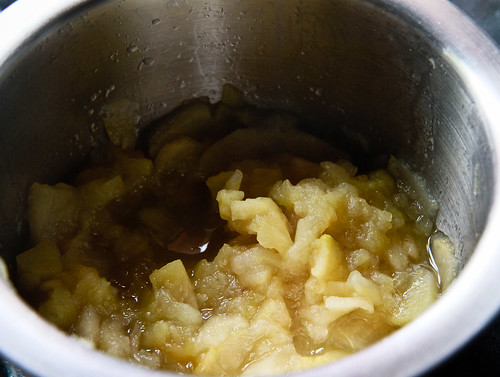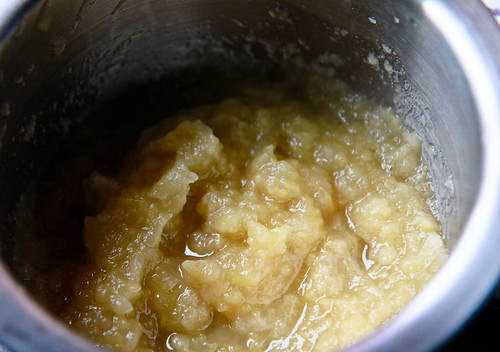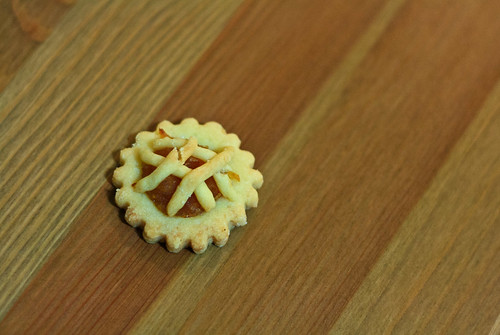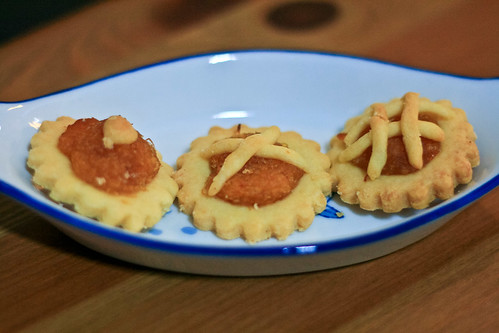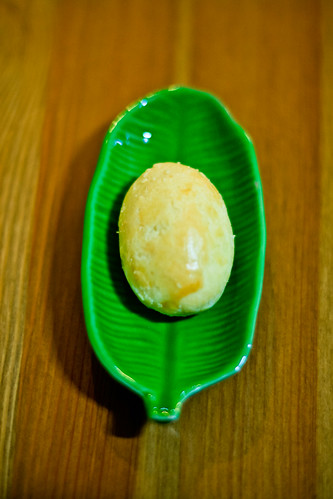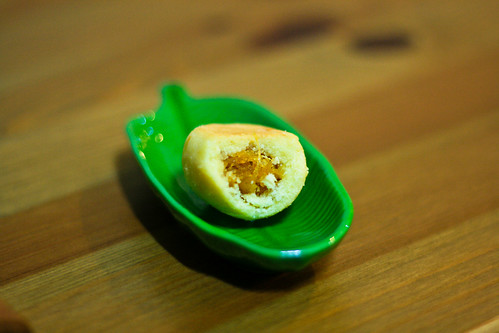I am a little OCD sometimes. I like information, and I like lots of it. When I have a new topic to research or a question that needs to be answered, I go on this crazy Google rampage where I search the topic/question and then click on at least twenty links and open a lot more other pages to read the information that is proffered and cross-verify between the sources by googling some more. I'd like to think of this as a takeaway from my legal education - how it taught me to do research, the long-winded way.
Naturally, this applies to all aspects of my life. So it's not really strange that I have hundreds of cooking and baking blogs on my RSS feed and that when I find the urge to bake something, say macarons or pineapple tarts, I turn first to the search function on my RSS feed, supplemented by Google, and then supplemented by any recipe books or other resource I have on hand. I then read all the recipes, compare the reviews and results, cross-reference and then decide on which recipe (or not) to follow or to create one myself. The wannabe-scientist in me also cries out for information occasionally, so I do a bit of reading with regards to food chemistry on the side and have acquired quite a bit of knowledge as to the functions of different ingredients in different recipes.
So when I realized that Chinese New Year was around the corner and to fulfill my promise to do some baking and remove some of that burden off my mom (my mom bakes like a mad woman the month leading up to CNY because she bakes cookies as gifts for relatives, friends, neighbours, etc.), I started to do my groundwork. Nothing spells Chinese New Year to me better than pineapple tarts and bak gua. I LOVE pineapple tarts (especially those open-faced ones) to bits. When I was younger, (and even now), my mom will restrict my pineapple tart intake to 3 tarts a day; and when I was overseas last year for Chinese New Year, I had my mom send over a whole jar of pineapple tarts for me to slowly savour. Naturally, this is a no-brainer - to herald the start of CNY baking, there is no other cookie I would bake than pineapple tarts :)
So first, I looked at a number of recipes from the blogs I stalk on a (almost) daily basis. There are a number of pineapple tart recipes, and all of them look divine. Just an idea of what goes on 'behind the scenes' - here are some of the recipes I looked at: both recipes from Youfei
here and
here, another
here,
those with custard powder, and
those without; those with baking powder
here or icing sugar
here. There are different variations on the tart itself - closed 'golden pillows'
here, and open-faced one
here. There are even
videos on how to make them! This list of recipes is but the tip of the iceberg really - I am a hoarder of recipes =/ After accumulating all webpages, I slowly read through them and compare the recipes, at the same time comparing the notes/comments as well as the reviews on the completed tarts. I find this process very helpful, because you get tiny nuggets of information along the way, which I feel help with my baking. The comparing between recipes is also enriching - for instance, one will wonder - what is the use of baking powder in the pineapple tart recipe? What about the use of custard powder and milk powder? How about icing sugar vs castor sugar? As for the addition of cornstarch - how about using cake flour instead? These are but some of the few questions that'll race through my mind. [pssst...I think I'll thrive in America's Test Kitchen (oh how I long to work there sometimes - imagine all the testing I could do and all the questions I could entertain with near-endless resources).]
Anyway long story short, my mom has an old recipe too which I like, and which she has been using for the last dunno-how-many years; but there are detractors, because her tarts are cakey and not the 'melt-in-your-mouth' kind of pastry. So I've decided to test a few likely candidates and see which ones I like the best. So this is the first of a few recipes that I'll be trying:
Pineapple tarts
Adapted from The Little Teochew here
Ingredients
For the pastry
400 g all-purpose flour
50 g corn flour
1/4 tsp salt
280 g cold, unsalted butter
3 egg yolks, beaten
3 tbl cold water
6 tsp icing sugar
1/2 tsp vanilla extract
Method:
- Sift the all-purpose and corn flour with the icing sugar.
- Cut the cold butter into small pieces and use your fingertips to rub the butter into the flour until the mixture looks like bread crumbs. Make sure to only use your fingertips.
- Beat the egg yolks together with the cold water and vanilla extract. Add into the butter-flour mixture.
- Using your fingertips, gently mix the crumbs until they come together in a ball of dough. Do not knead the dough. Cover the dough and chill in the fridge for about 10 minutes. This makes the dough easier to work with when rolling and cutting later.
- Roll the dough to about 8mm thick. If making them into pineapple rolls, use a round cutter to cut the dough before encasing the pineapple filling and shaping the dough. For the open-faced tarts, use a traditional cutter to cut the dough before adding the pineapple filling on top.
- Reserve some dough so that you can add some lines/patterns on your open-faced tarts. Arrange the tarts at least 2 cm apart on a pre-greased cookie tray. Glaze the tarts with egg wash.
- Bake at 160 degree celsius for 20 minutes, until cookies turn golden brown.
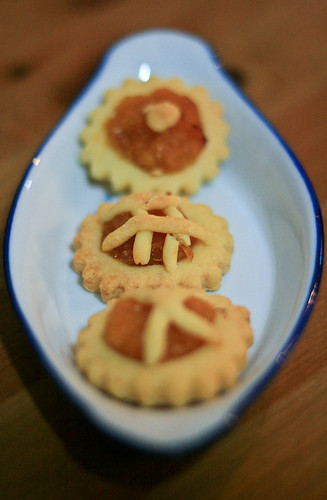 Janine's Jots:
Janine's Jots: You can use a fork to 'rub-in' the butter to the flour, but using fingers are the easiest method. Just make sure your fingers aren't overly warm - if they are, dip them into some cold water before proceeding. While cutting the dough, remove a portion to work with while leaving the rest in the fridge to chill.
I haven't listed the recipe for pineapple filling because my mother makes the pineapple filling by 'aggaration' - basically she doesn't use any recipe but estimates the portions by taste and sight. It contains the usual - pineapples, cinnamon sticks and sugar.
PS: Sorry I don't have the usual step-by-step photos because my mom did most of the work here, and I just leeched off =X
More photos of the 'golden pillow' or tangerine-style pineapple tarts:
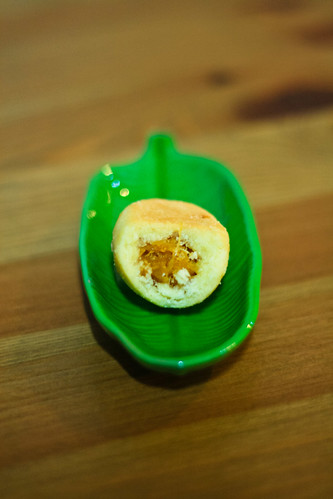 |
| Yum :) |
Comments: This recipe is indeed very flaky and buttery - very different from my mom's own recipe. I personally find the texture more suited towards the tangerine-style of cookie instead of the open-faced tarts but that's just my own opinion. I'll be trying out a few other recipes before deciding on which recipe I like best :)



